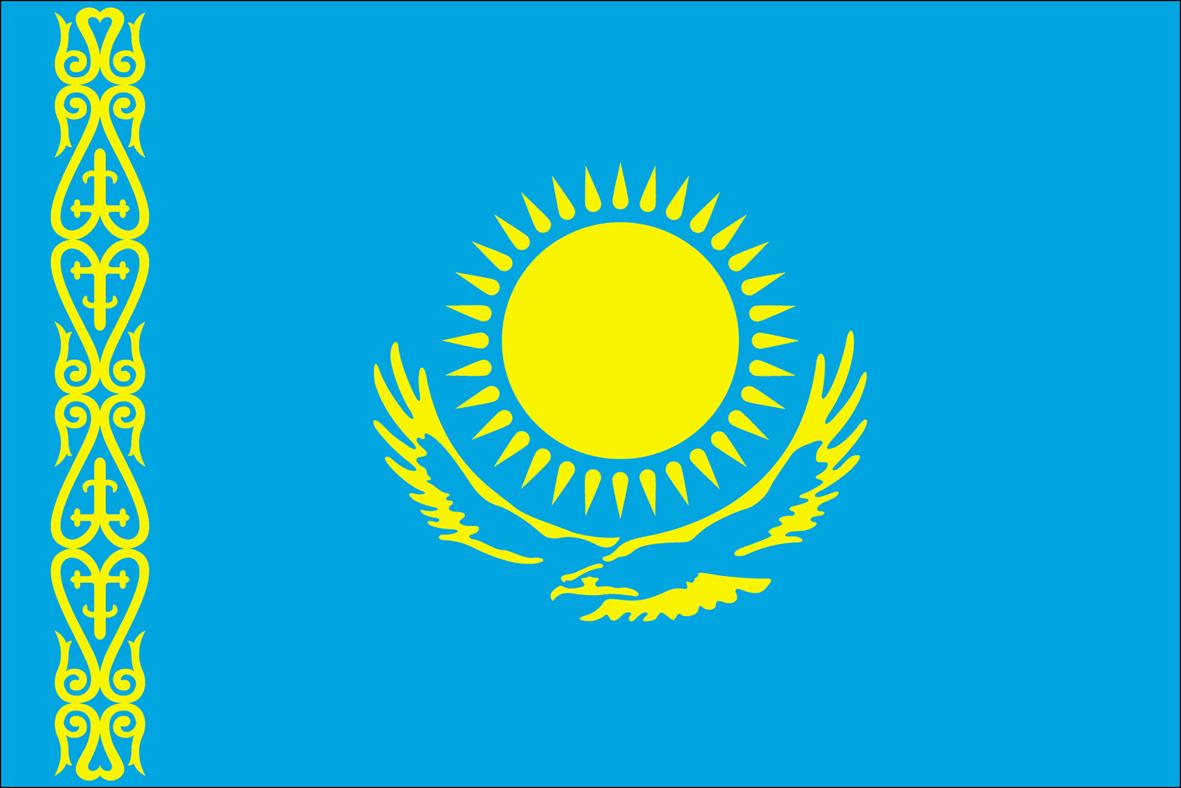Central Asia – Transcaucasia – Rome: the significance of the Amu Darya water route via the Caspian Sea to Transcaucasia.
The development of the water ways of the Silk Roads across the Caspian Sea depended on the flood cycle of Amu Darya River. There are some hypotheses in Uzbek and Russian researchers’ studies. Historical literature pays little attention to the study of water ways along the Silk Roads. Some significant researches believe on existence of a water way between Central Asia and European continent. The water way changes were studying in relation of geographical and natural context. There are ancient historians who prove the information about the sea trade route across the Caspian Sea. The historical connection between Central Asia, Transcaucasia is an important issue for modern understanding of the history of Silk Routes.




